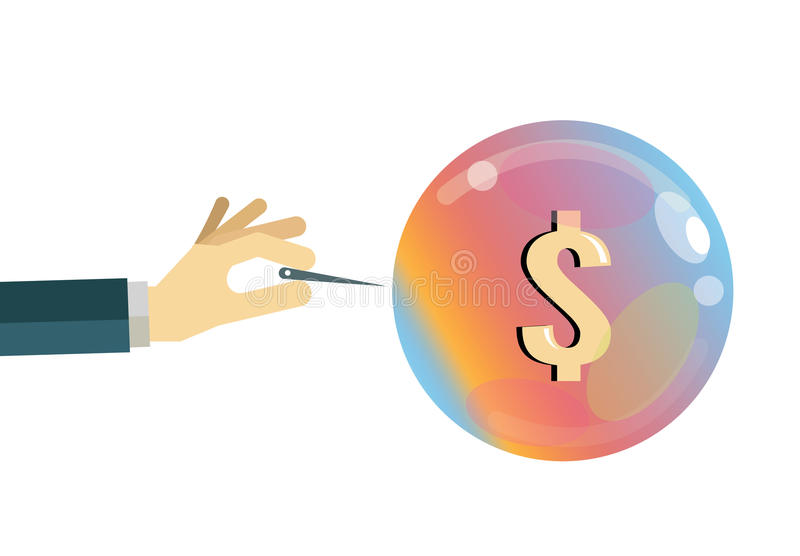
Jim Cramer’s bullish stock market predictions are helping many people to make big gains in stock market. In this article we will cover the benefits to building a portfolio of crazier stocks. We will also talk about the best ways to invest in these stocks. Continue reading to learn more. Jim Cramer's bullish stock-market predictions are well worth your attention. Here are some ways that you can make cramer stocks a part of your portfolio.
Building a portfolio of cramer stock stocks has many benefits
Jim Cramer is a CNBC host, who has made it a career out of telling people what stocks to invest in. While it is true that you should only trade if you can afford the risk, he still advises people to understand their personal goals and avoid the high-risk investments. Bear Stearns, for example, was once a fine investment, but has plummeted to more than 80 percent since.

In a recent study by the Wharton School, Jim Cramer's Action Alerts PLUS portfolio performed significantly better than the S&P 500 Index over 17 years. The average return of the action alerts PLUS portfolio was 4% per annum, while that of the S&P 500 Index was 7%. The difference between Jim Cramer’s picks (and the average return from the S&P 500) is only 3%. The Cramer factor would be isolated by a short/long hedge fund-type ETF, but the stock wouldn't pop due to offsetting positions.
Jim Cramer's positive outlook on stocks
Cramer's positive outlook on stock markets is a bit controversial for some investors. But the numbers prove it. Many of the investors that Cramer recommends have been successful at stock trading. He made his money by buying Chevron and Occidental Petroleum stocks, two energy stocks. Other big investors such as Warren Buffett and Stanley Druckenmiller have invested in these stocks. Cramer also loves Apple and holds it in a charitable trust.
While Jim Cramer has a fan base, critics have been skeptical of his investment philosophy. Investors have accused him of being too flexible in his bullish outlook. They note that he regularly switches between bullish, bearish and neutral positions. Cramer's bullish outlook has been met with criticism, as he has had his fair share of failures. One such instance was the time he interviewed the CEO of Wachovia on his show. Despite the price decline, Cramer defended the stock in an interview on his show.
There are many ways to invest in crazier stocks
The world is changing and investing in cramer shares can be a great idea. But how do we invest in these top stock picks? Jim Cramer, a journalist and former hedge fund manager, is now a well-known investor. He has a large social media following and has a knack for identifying quality companies. You can invest in his picks in a number of ways. Start by following his advice via Twitter and YouTube.

The Wharton study of Cramer's picks found that his portfolio was just 5% more volatile than the S&P 500 index over the past decade. According to the study, Jim Cramer's picks were comparable to the S&P 500 index through 2010, but have fallen behind since then. Cramer's picks have only returned 5.0% annually, compared to 12.2% of the S&P 500 for the same period.
FAQ
Are bonds tradeable?
They are, indeed! Bonds are traded on exchanges just as shares are. They have been traded on exchanges for many years.
The main difference between them is that you cannot buy a bond directly from an issuer. They can only be bought through a broker.
Because there are less intermediaries, buying bonds is easier. This means that selling bonds is easier if someone is interested in buying them.
There are many kinds of bonds. There are many types of bonds. Some pay regular interest while others don't.
Some pay quarterly interest, while others pay annual interest. These differences allow bonds to be easily compared.
Bonds can be very useful for investing your money. You would get 0.75% interest annually if you invested PS10,000 in savings. The same amount could be invested in a 10-year government bonds to earn 12.5% interest each year.
You could get a higher return if you invested all these investments in a portfolio.
What is the role and function of the Securities and Exchange Commission
The SEC regulates securities exchanges, broker-dealers, investment companies, and other entities involved in the distribution of securities. It enforces federal securities laws.
Are stocks a marketable security?
Stock is an investment vehicle that allows investors to purchase shares of company stock to make money. This is done through a brokerage that sells stocks and bonds.
Direct investments in stocks and mutual funds are also possible. There are more mutual fund options than you might think.
The main difference between these two methods is the way you make money. Direct investment allows you to earn income through dividends from the company. Stock trading is where you trade stocks or bonds to make profits.
In both cases, you are purchasing ownership in a business or corporation. You become a shareholder when you purchase a share of a company and you receive dividends based upon how much it earns.
Stock trading allows you to either short-sell or borrow stock in the hope that its price will drop below your cost. Or you can hold on to the stock long-term, hoping it increases in value.
There are three types of stock trades: call, put, and exchange-traded funds. You can buy or sell stock at a specific price and within a certain time frame with call and put options. ETFs, which track a collection of stocks, are very similar to mutual funds.
Stock trading is very popular as it allows investors to take part in the company's growth without being involved with day-to-day operations.
Although stock trading requires a lot of study and planning, it can provide great returns for those who do it well. If you decide to pursue this career path, you'll need to learn the basics of finance, accounting, and economics.
What is the difference?
Brokers are individuals who help people and businesses to buy and sell securities and other forms. They take care all of the paperwork.
Financial advisors have a wealth of knowledge in the area of personal finances. They can help clients plan for retirement, prepare to handle emergencies, and set financial goals.
Financial advisors can be employed by banks, financial companies, and other institutions. They may also work as independent professionals for a fee.
If you want to start a career in the financial services industry, you should consider taking classes in finance, accounting, and marketing. Also, it is important to understand about the different types available in investment.
Statistics
- Our focus on Main Street investors reflects the fact that American households own $38 trillion worth of equities, more than 59 percent of the U.S. equity market either directly or indirectly through mutual funds, retirement accounts, and other investments. (sec.gov)
- For instance, an individual or entity that owns 100,000 shares of a company with one million outstanding shares would have a 10% ownership stake. (investopedia.com)
- The S&P 500 has grown about 10.5% per year since its establishment in the 1920s. (investopedia.com)
- "If all of your money's in one stock, you could potentially lose 50% of it overnight," Moore says. (nerdwallet.com)
External Links
How To
How to Trade in Stock Market
Stock trading is the process of buying or selling stocks, bonds and commodities, as well derivatives. Trading is a French word that means "buys and sells". Traders purchase and sell securities in order make money from the difference between what is paid and what they get. This is the oldest form of financial investment.
There are many ways you can invest in the stock exchange. There are three types that you can invest in the stock market: active, passive, or hybrid. Passive investors do nothing except watch their investments grow while actively traded investors try to pick winning companies and profit from them. Hybrid investors combine both of these approaches.
Index funds that track broad indexes such as the Dow Jones Industrial Average or S&P 500 are passive investments. This strategy is extremely popular since it allows you to reap all the benefits of diversification while not having to take on the risk. You just sit back and let your investments work for you.
Active investing means picking specific companies and analysing their performance. Active investors look at earnings growth, return-on-equity, debt ratios P/E ratios cash flow, book price, dividend payout, management team, history of share prices, etc. They then decide whether or not to take the chance and purchase shares in the company. If they feel that the company's value is low, they will buy shares hoping that it goes up. If they feel the company is undervalued, they'll wait for the price to drop before buying stock.
Hybrid investing is a combination of passive and active investing. One example is that you may want to select a fund which tracks many stocks, but you also want the option to choose from several companies. In this instance, you might put part of your portfolio in passively managed funds and part in active managed funds.